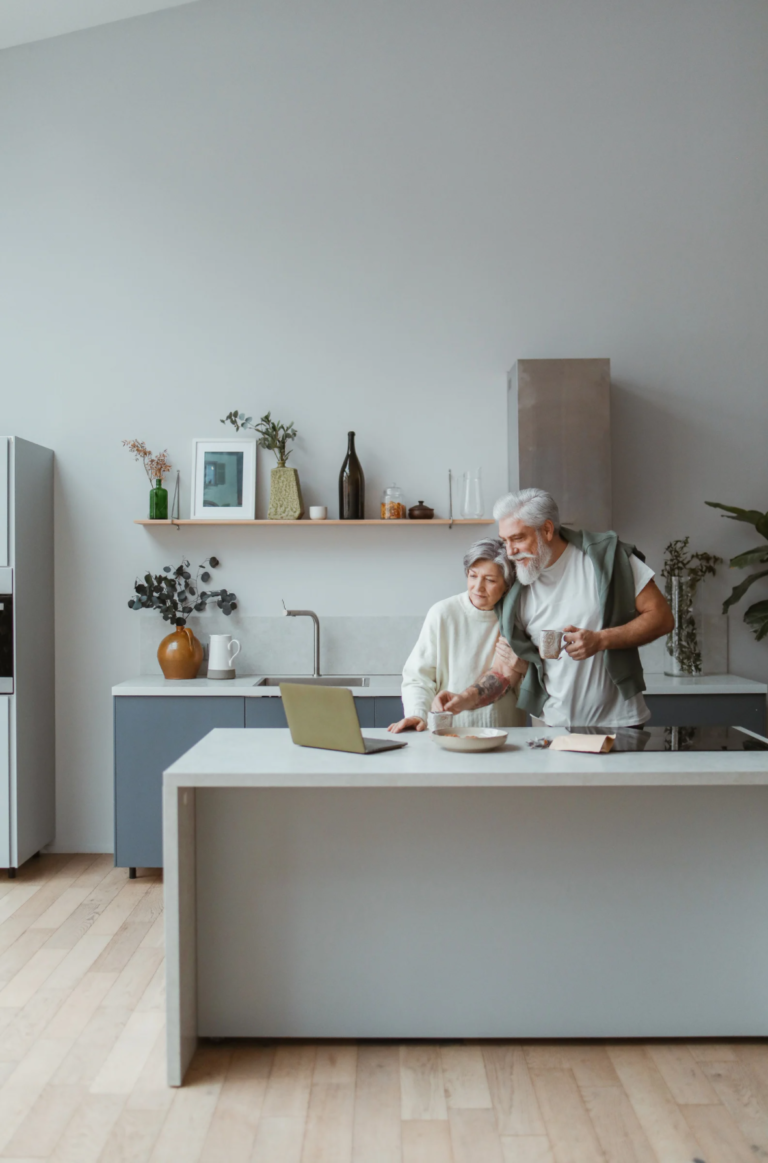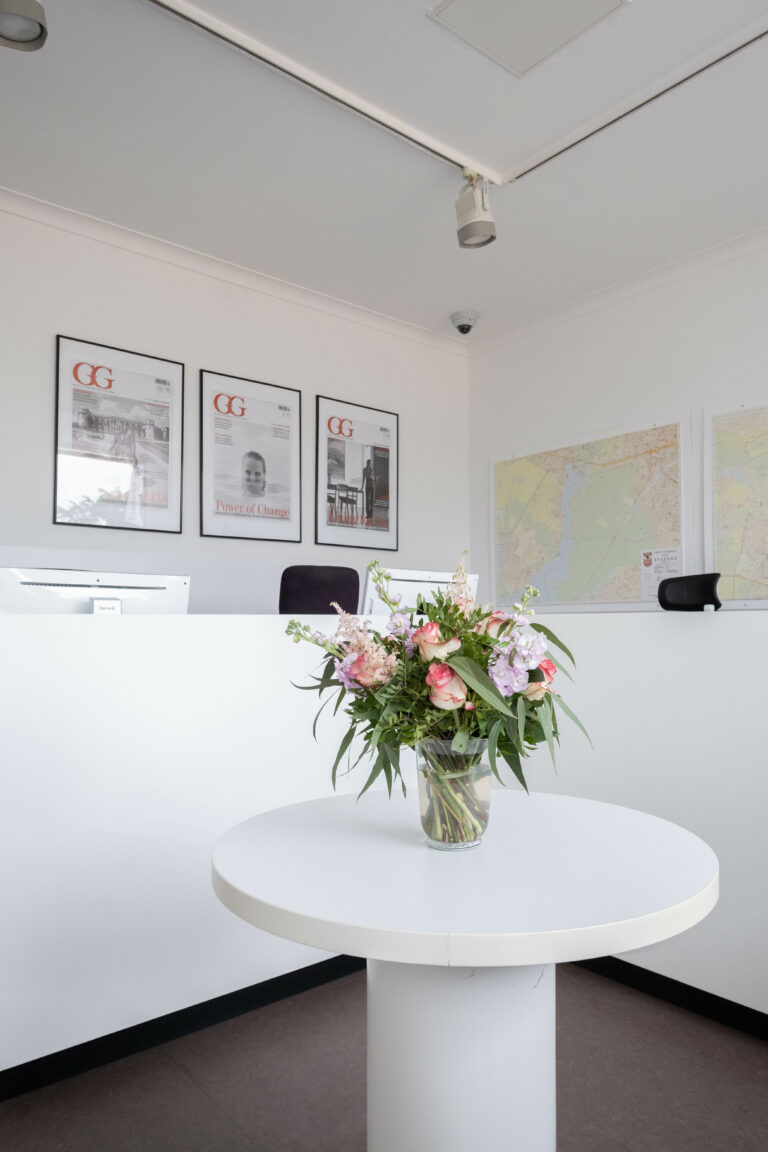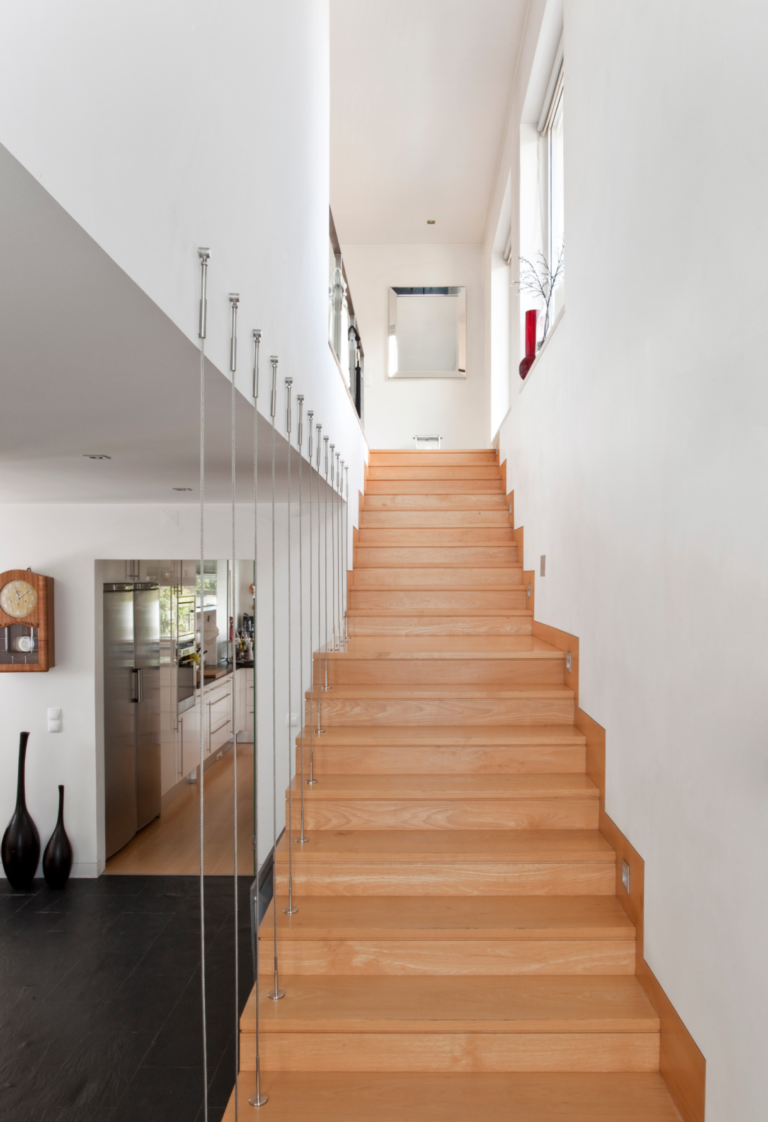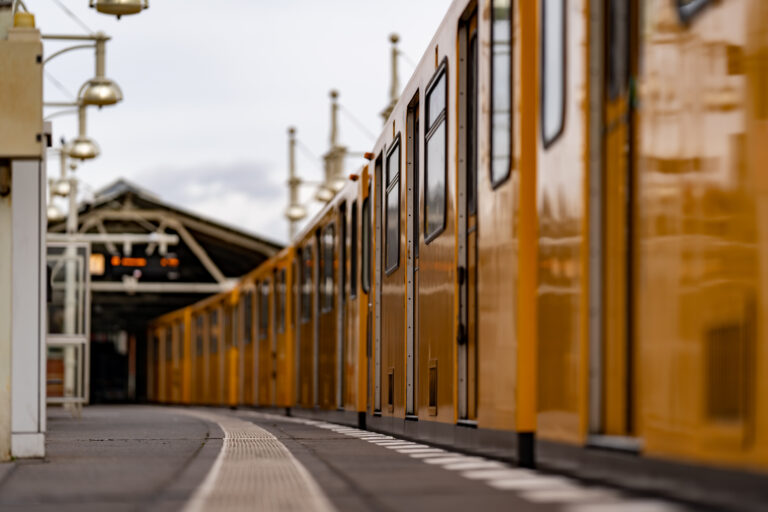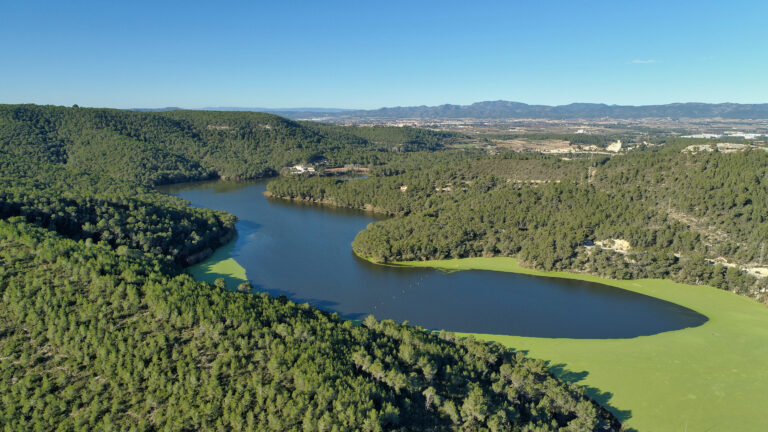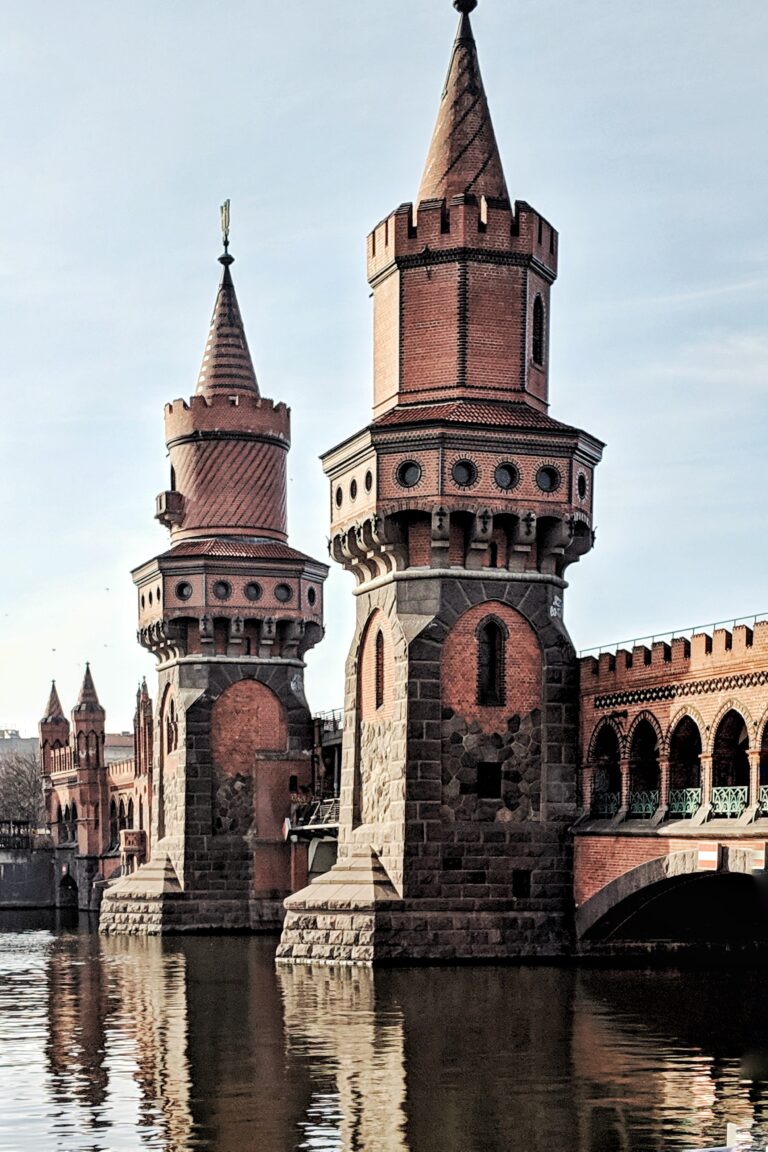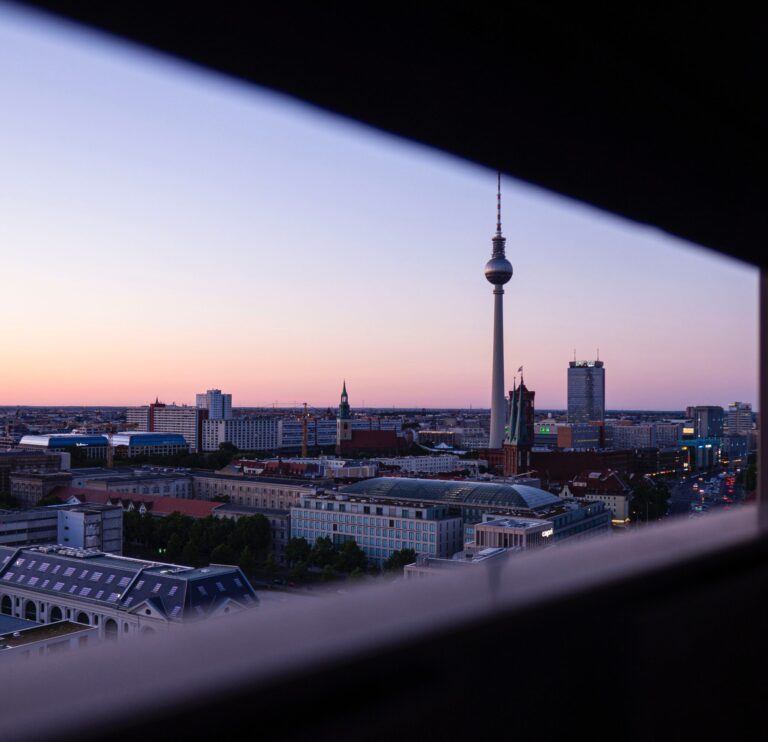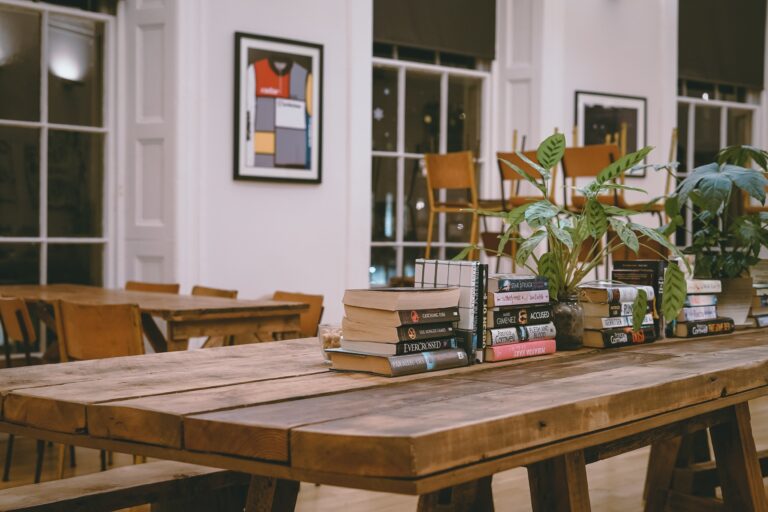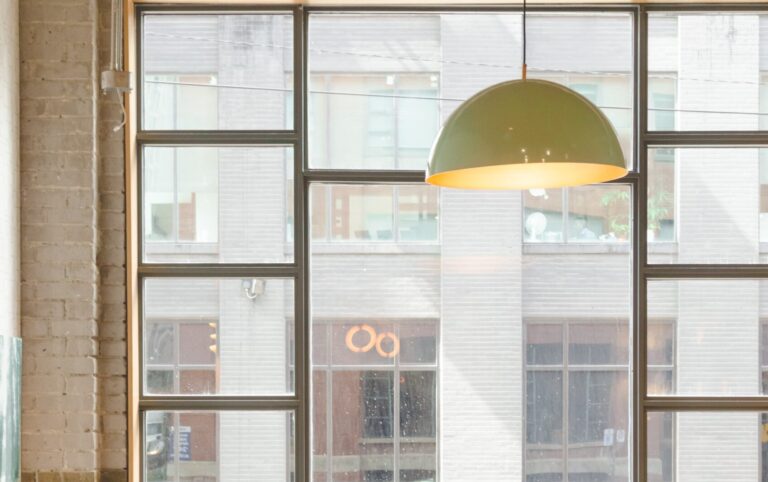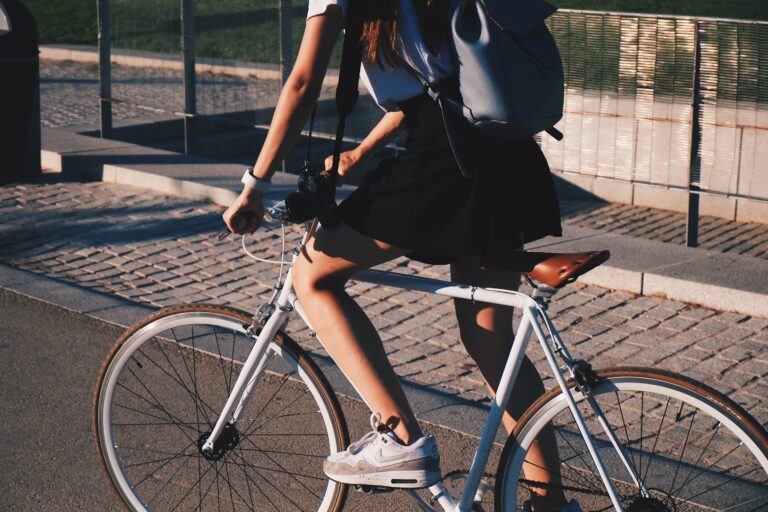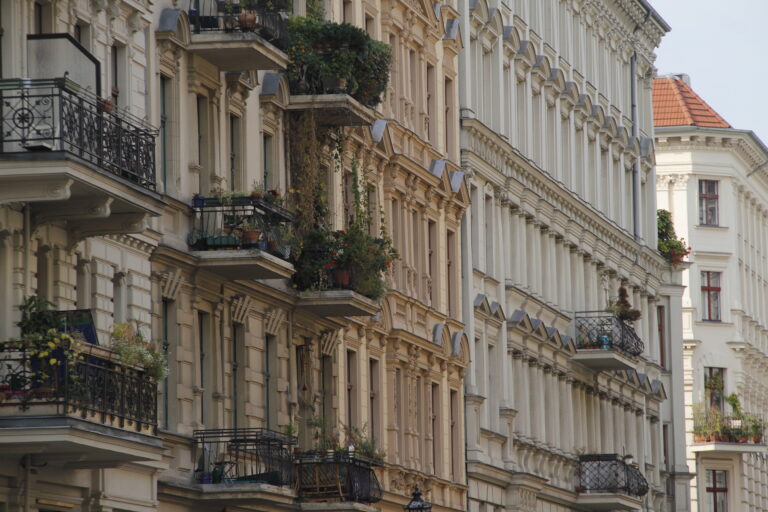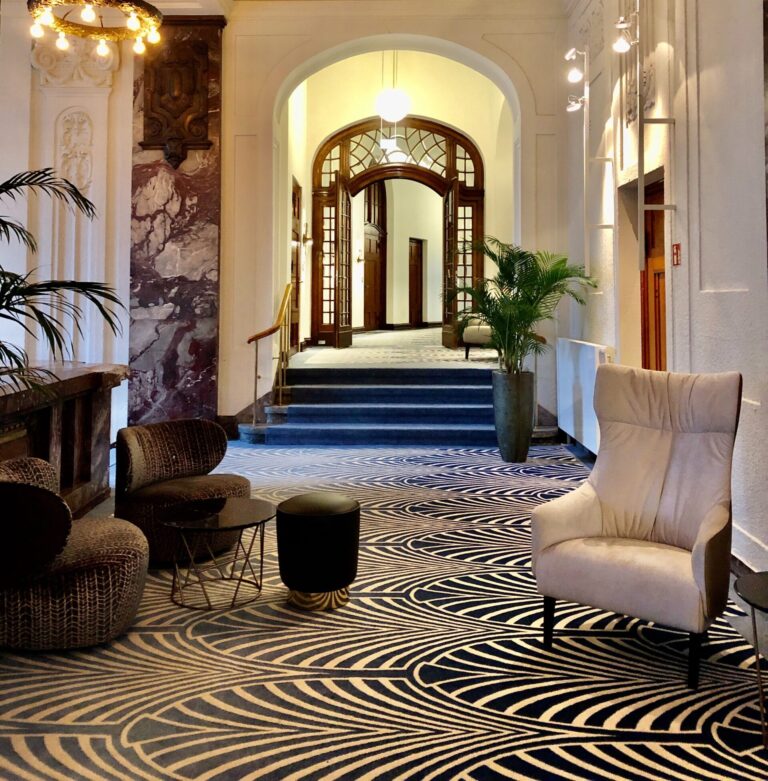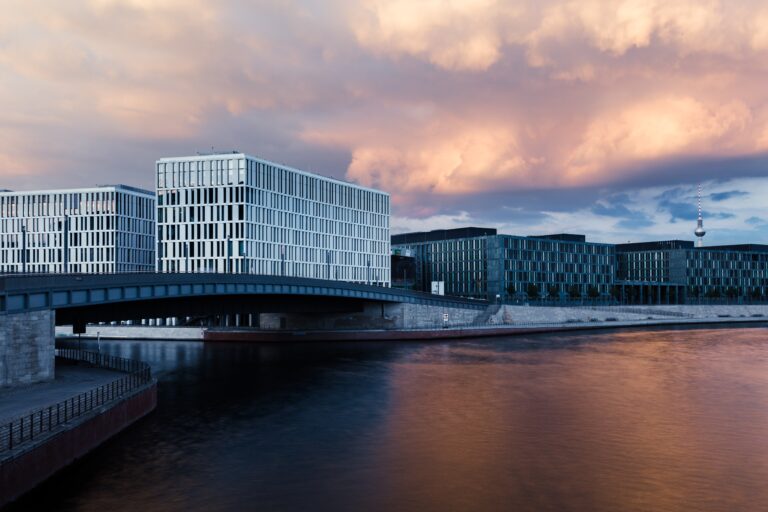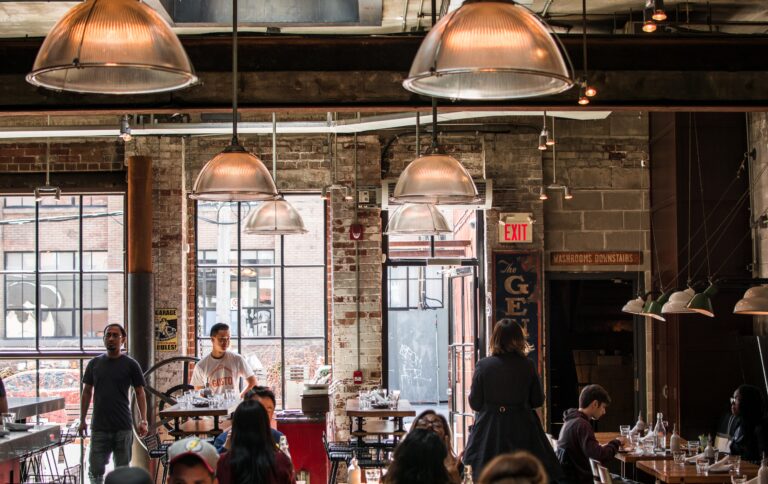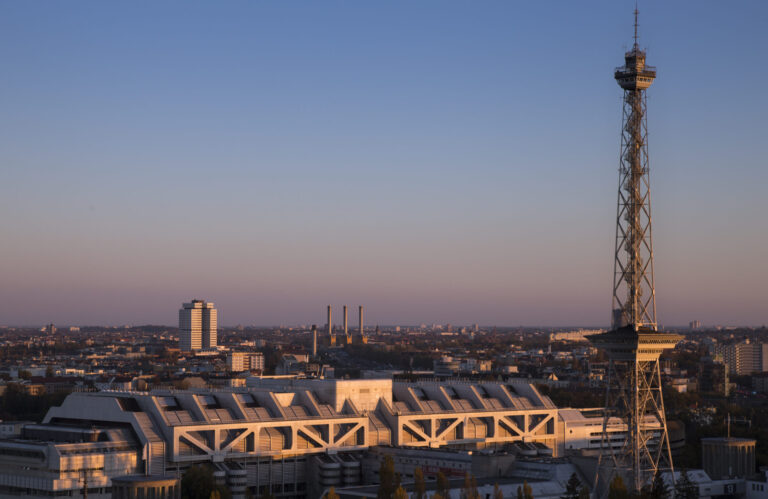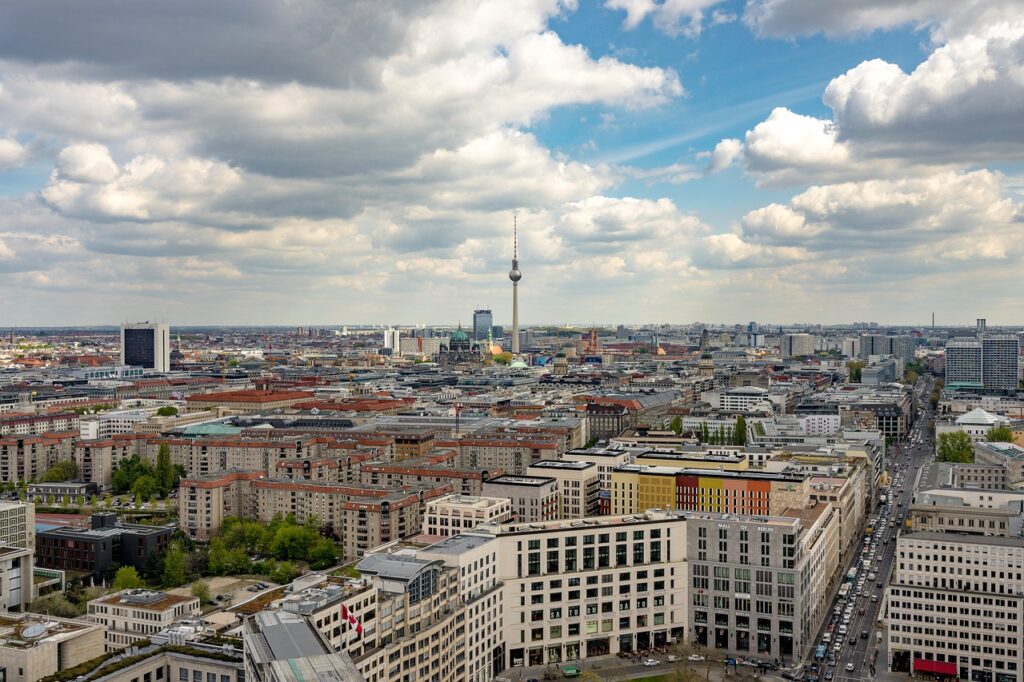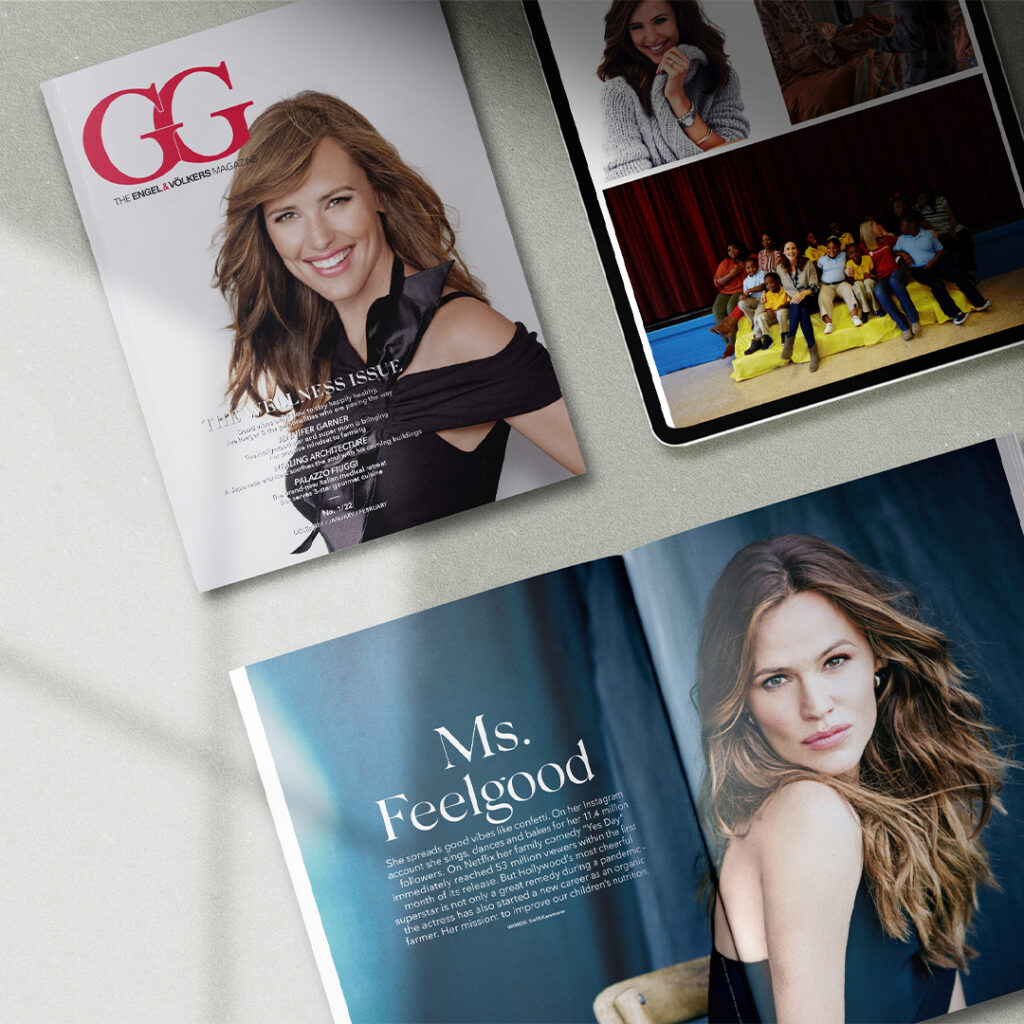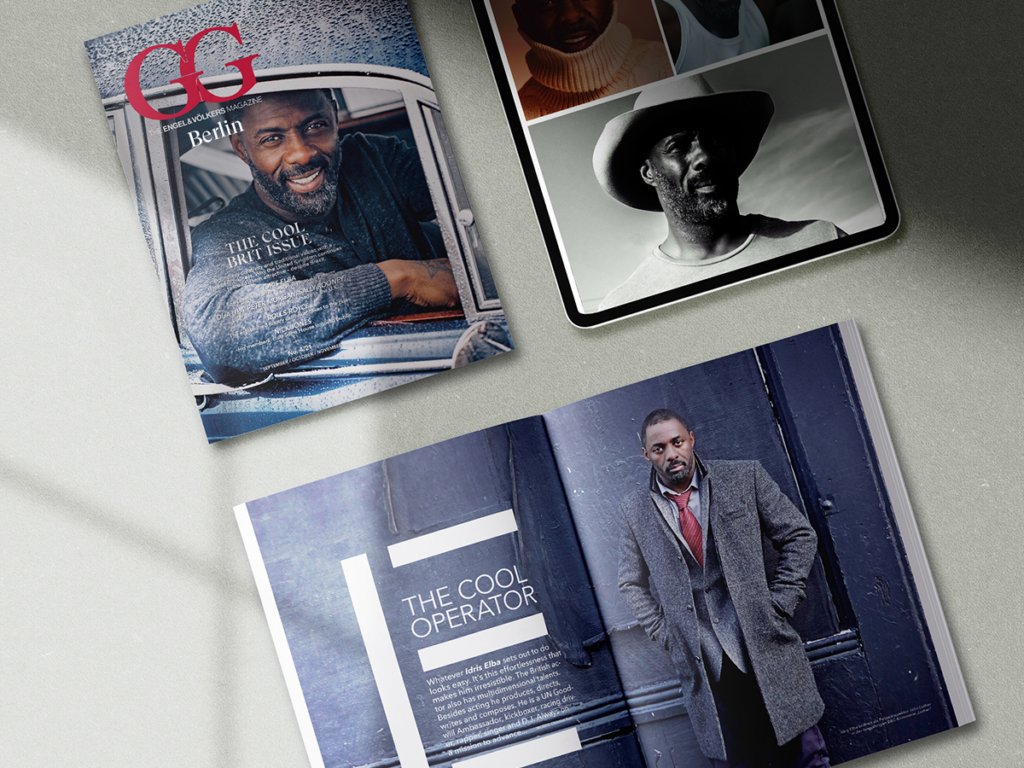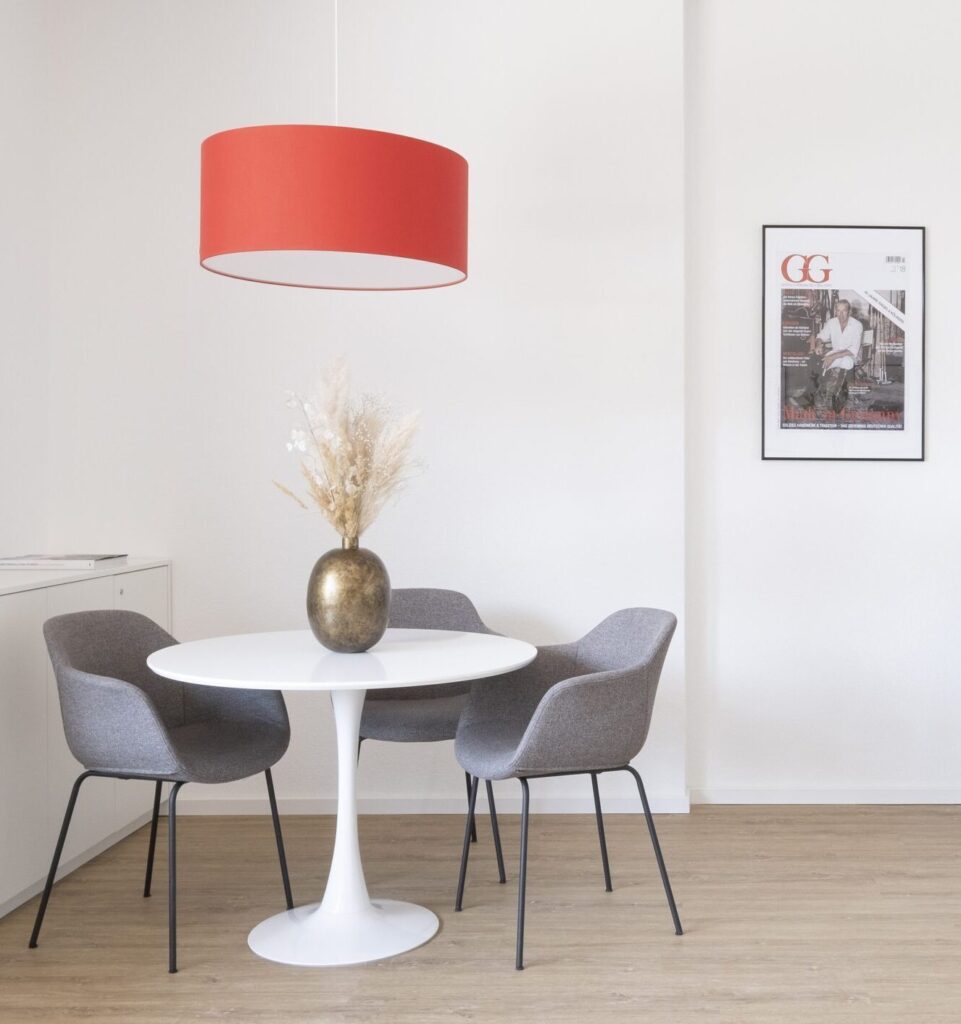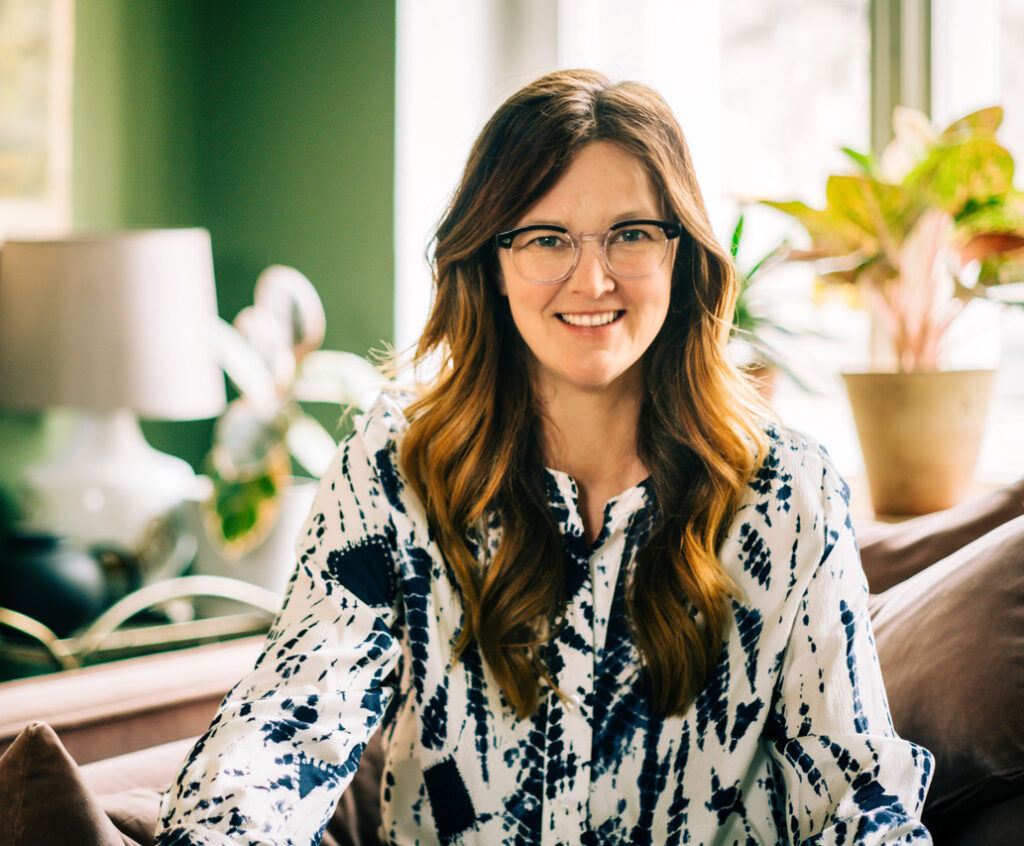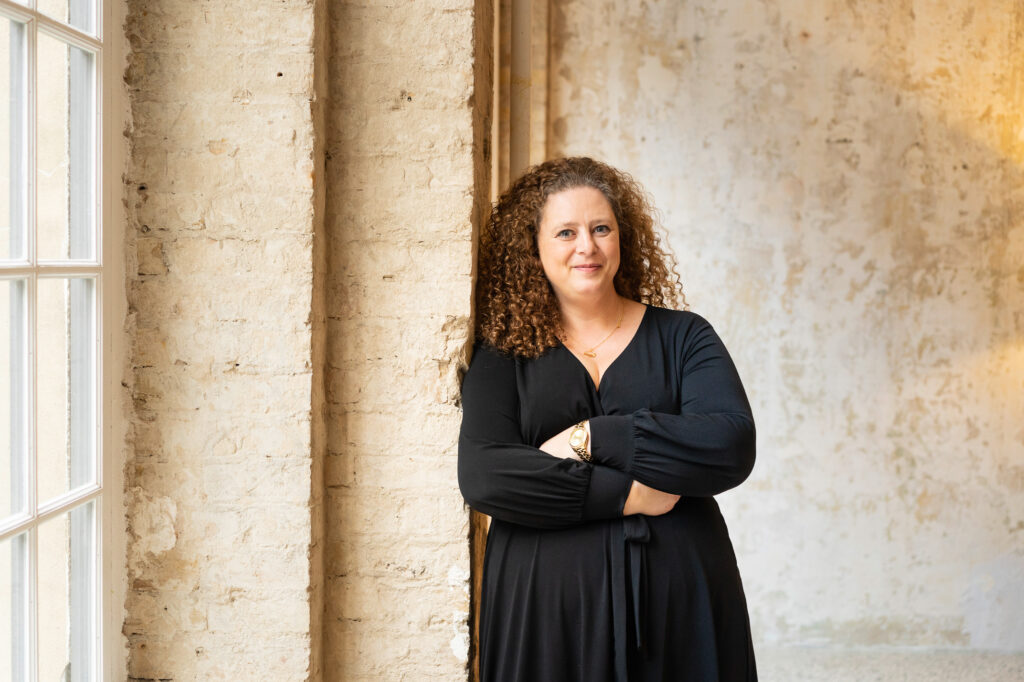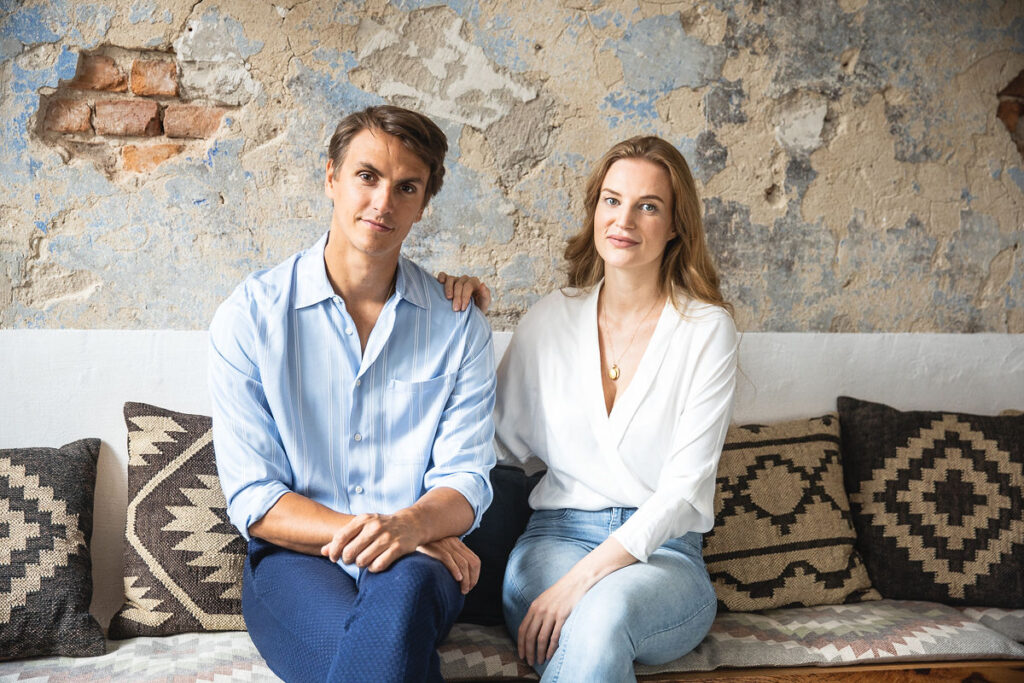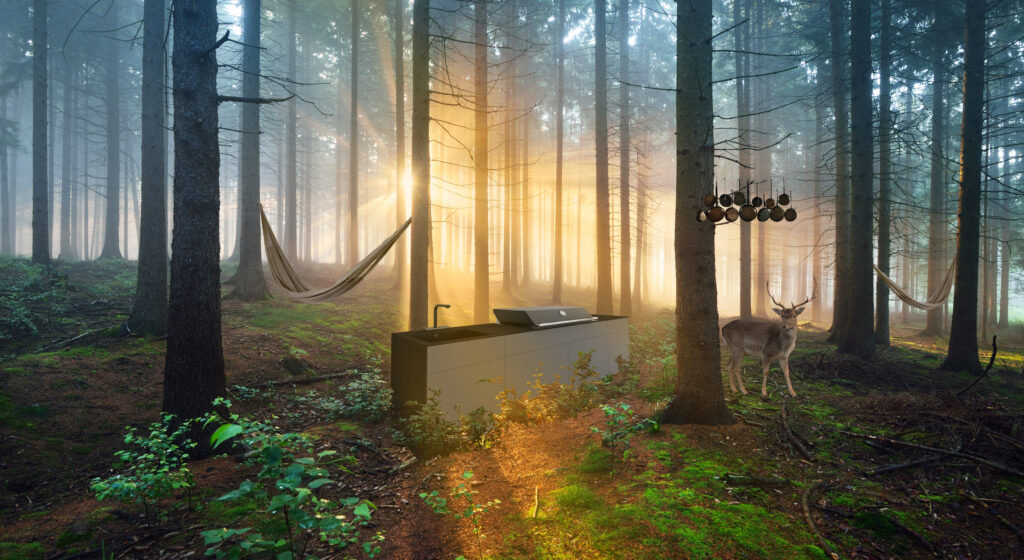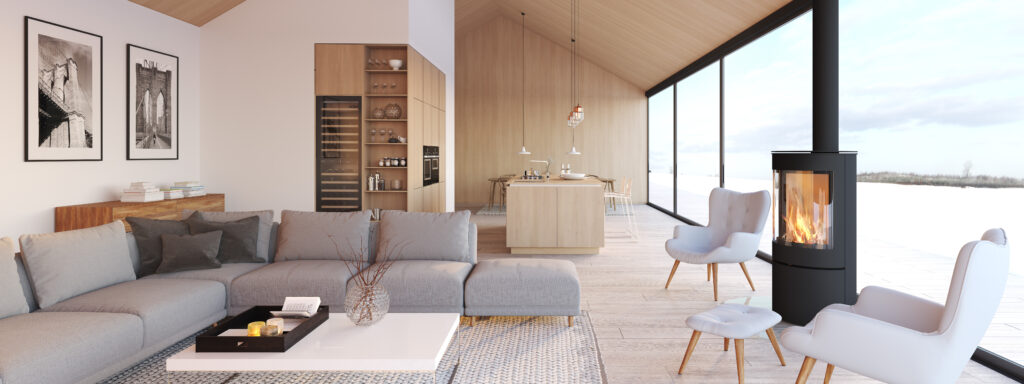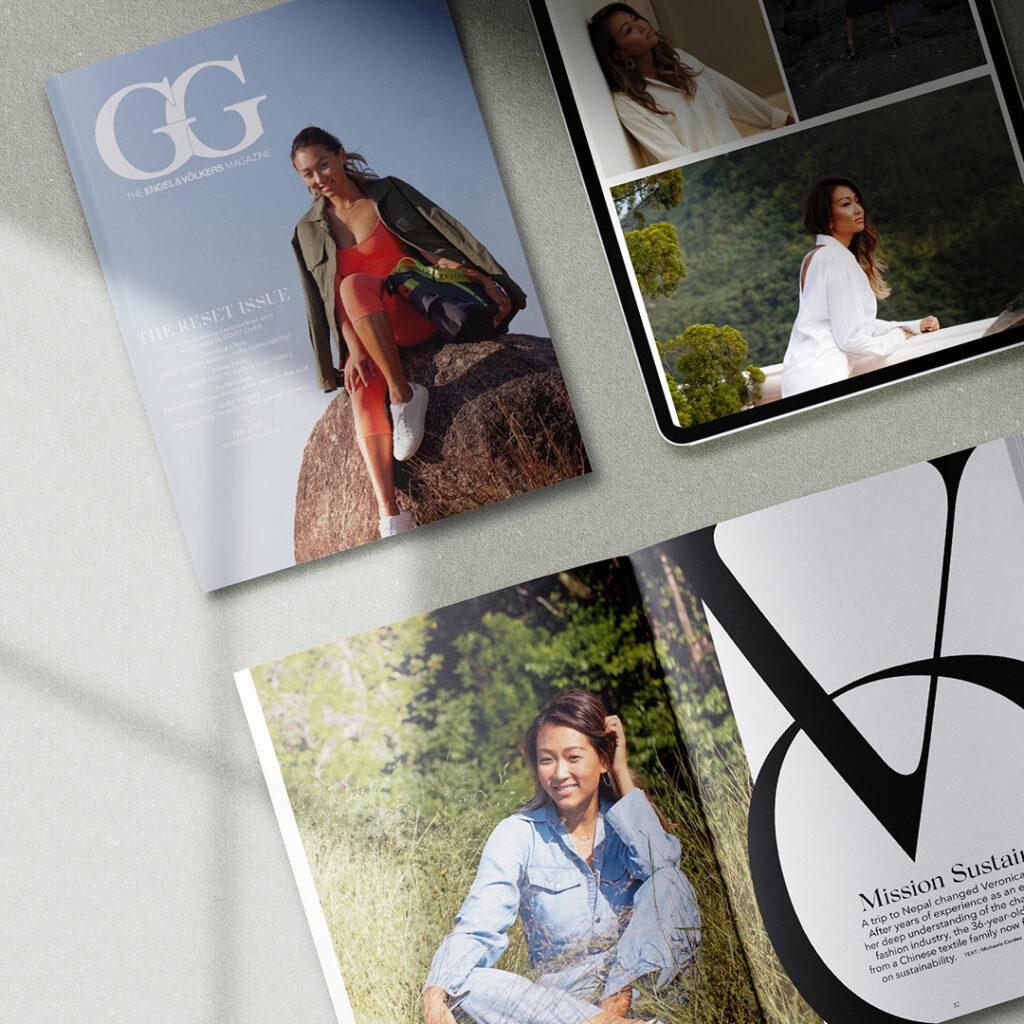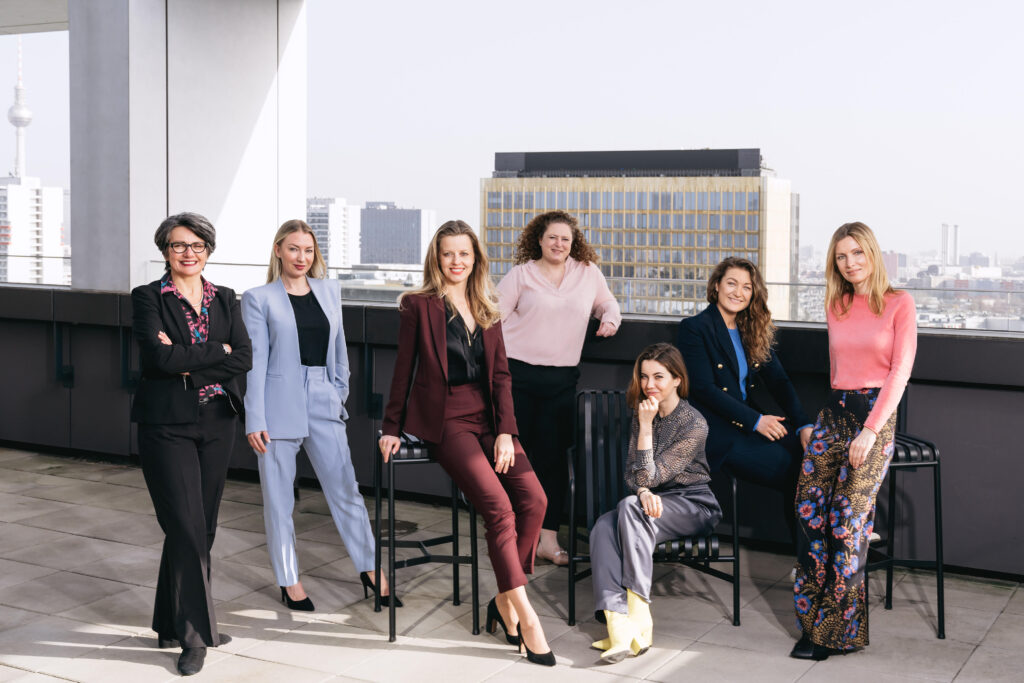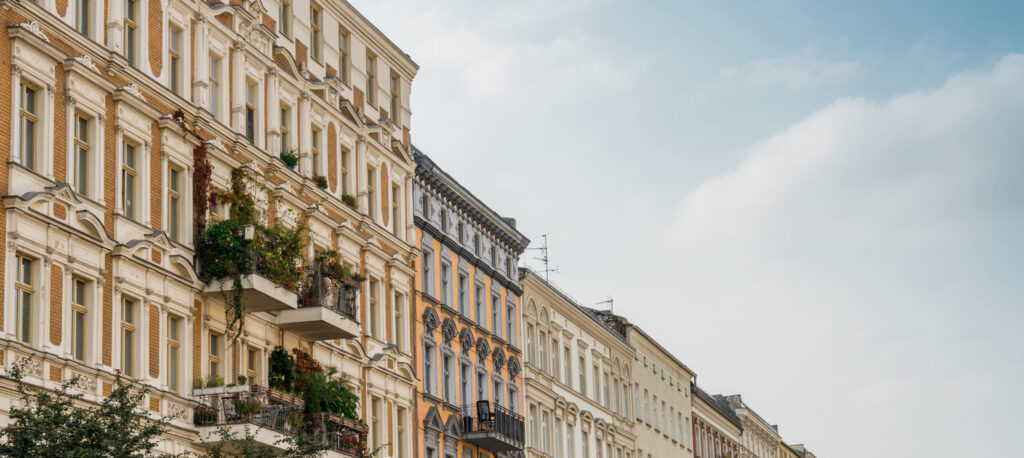Spandau

Feels like the countryside: The relaxed Spandau has lots of greenery, water, a historic town center and plenty of space. The former Slavic settlement on the western edge of Berlin is well connected to the inner city districts and can be reached quickly from Spandau.
A huge potential
Spandau is its own city within the city. With more than 200,000 inhabitants and 40 neighbourhoods, the district in northwest Berlin makes a giant of itself. So large, in fact, that southern districts such as Kladow and Gatow, idyllically situated between the Havel and Lake Glienicke, are still regarded by core Berliners as “jottwede”, “janz weit out” (very far outside). The old town of Spandau, characterised by half-timbered houses and its numerous cafés, restaurants and shops, feels like a small town. At the same time, Spandau has always been the capital’s most important industrial location: the roots of the global corporation Siemens lie in Siemensstadt, and BMW has been producing motorbikes here for more than 50 years. At the same time, Spandau’s enormous potential lies in the large reserve of industrial land in an economically convenient location with good connections to direct motorway links to Magdeburg, Hanover and Hamburg, Central European waterways and Berlin’s Westbahnhof railway station. Since reunification, the demand for industrial space has steadily declined, and large residential areas are now being built on the vacated sites, surrounded by water and nature. With the new Siemens Campus, a smartly organised and climate-neutral living and working environment, the future will be built here from 2023. Spandau will be exciting!
Highlights & Tips
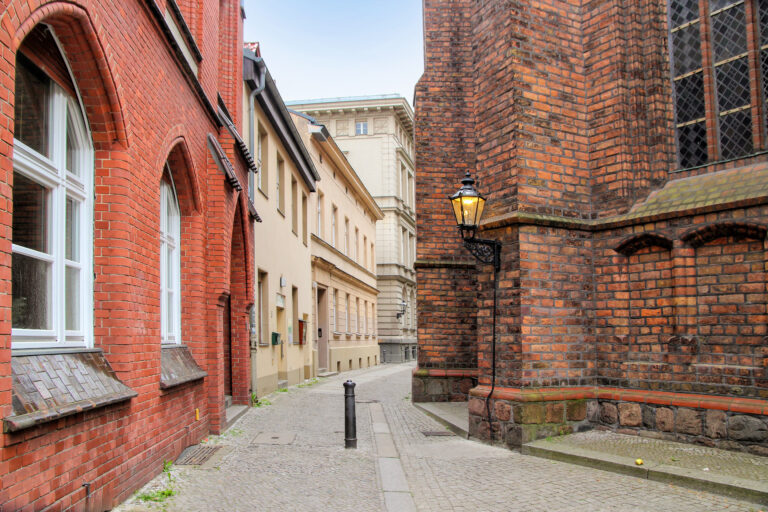
Spandau Citadel
The Spandau Citadel is a must-see for history buffs. The defiant structure north of Spandau’s old town is considered one of the most important fortresses of the High Renaissance in Europe. The Julius Tower, today Spandau’s landmark, was the site of the Imperial War Treasure after the Franco-Prussian War. A permanent exhibition displays many of the city’s former monuments, including the head of East Berlin’s Lenin Monument, which was demolished in 1992. In summer, the citadel is transformed into a venue for open-air concerts. In winter, there is one of Berlin’s most atmospheric Christmas markets here.
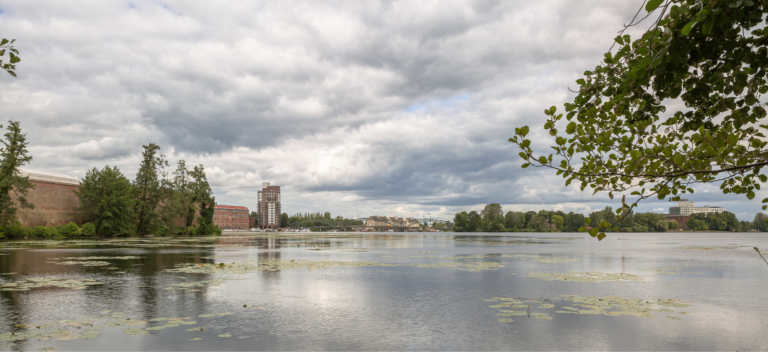
Neukladow Manor House
Spandau also has a castle, or rather a manor house: the Neukladow Manor House is located in the Neukladow Manor Park on the Havel River, surrounded by gnarled trees and romantic paths. At the beginning of the 19th century, the mother of Otto von Bismarck, who later became Chancellor of the Reich, lived in the early classicist building. Today it is home to an excursion café with a large beer garden, from which you can enjoy a dreamlike view over the Wannsee and the Havel.

Trattoria Alberto
Fresh ingredients, fine dishes, exquisite wines and Italian hospitality – the cheerful ambience at Trattoria Alberto will make your dinner, business lunch or lunchtime a special occasion.
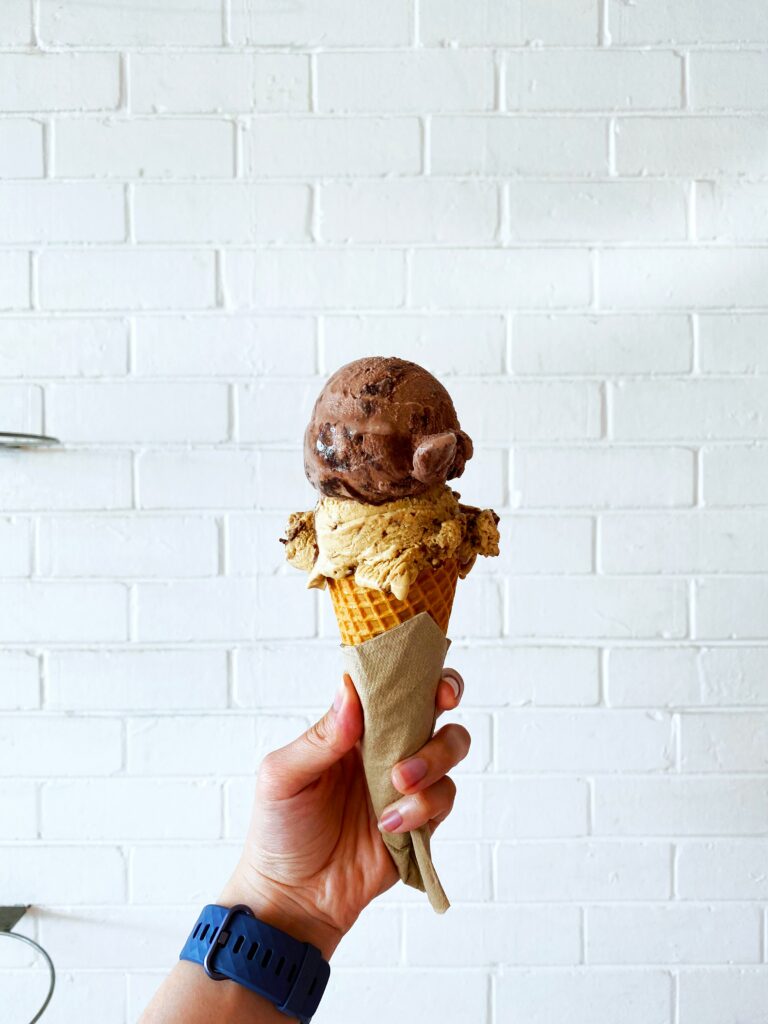
Florida Ice Creme
Watch out, Berlin ice cream fans: The ice cream shop with handmade, CO₂-neutral ice cream – made in Berlin is definitely worth a visit. You’ll find your favourite flavour at Altstädter Ring 1.







